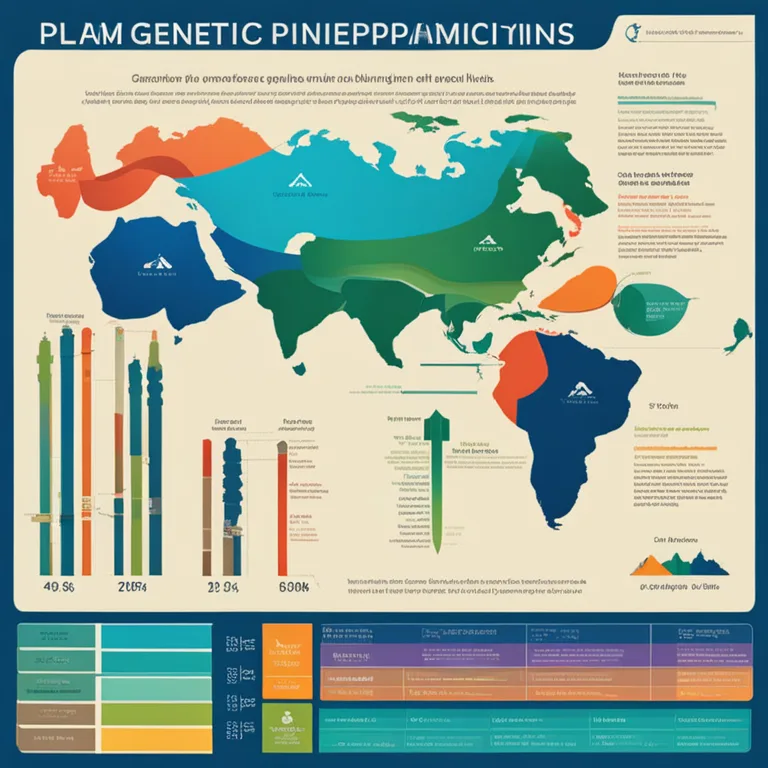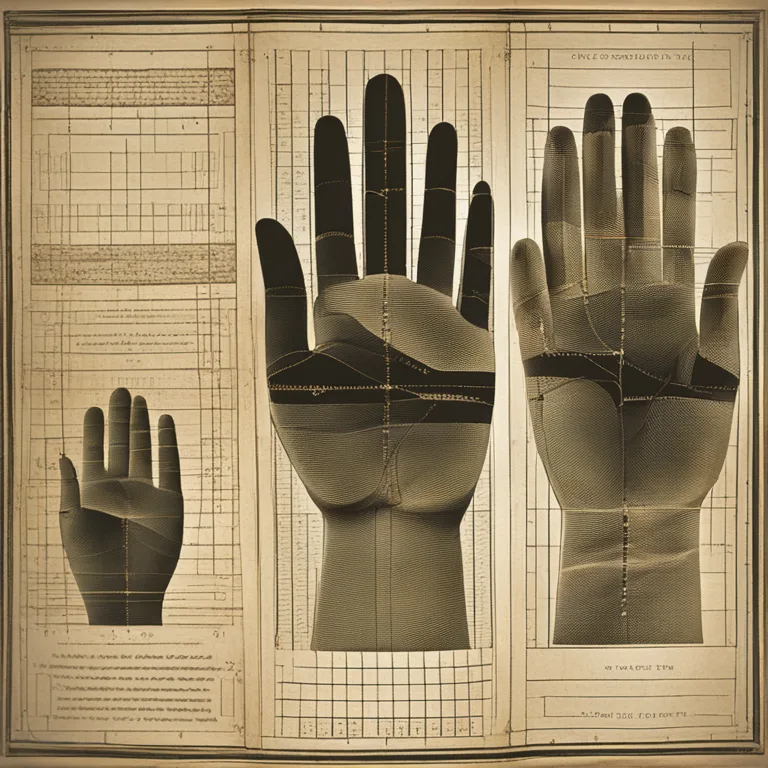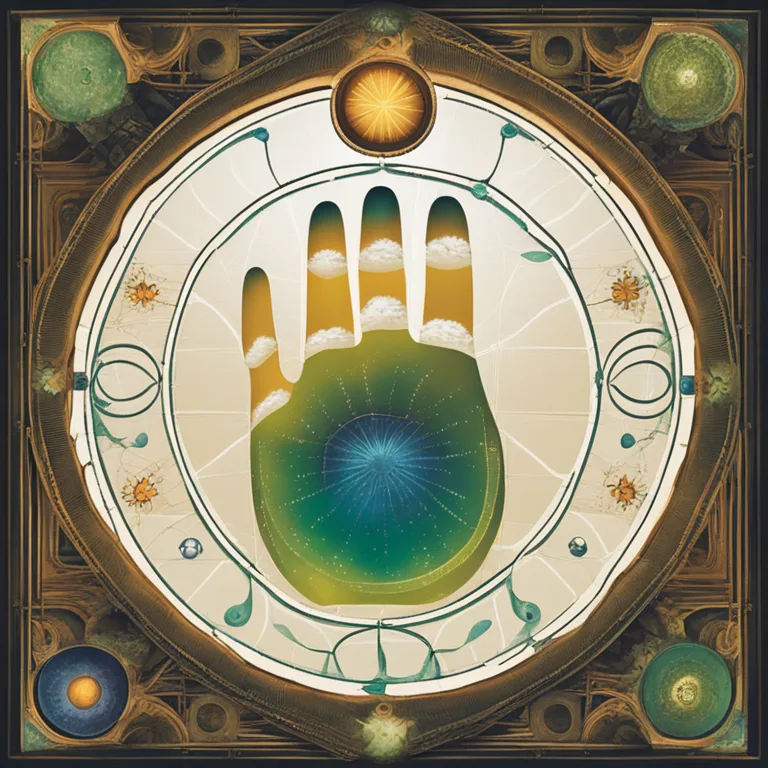
Are Palm Lines Inherited? The Genetic Link
Delve into the relationship between palmistry and genetics. Discover whether the mysterious lines on our palms are passed down through our DNA.
article by Nora Pennington
A Fascinating Intersection
Palmistry, the ancient practice of interpreting the lines on one's palms to predict the future or understand personality traits, has fascinated humans for centuries. The crisscrossing lines on the landscape of our hands are as unique as fingerprints, raising the question of whether these configurations are a product of genetics. Are the mysterious lines etched into our palms a map drawn by hereditary forces, or are they shaped by other factors? This article explores the intriguing intersection where palmistry and genetic science converge.

The Science Behind Palmar Creases
Modern science has shown that while fingerprints are largely shaped by genetics, the story is more complex with palm lines. Palmar creases develop during fetal development, influenced not only by genetic factors but also by the baby's movement in the womb. Research shows a varying degree of genetic contribution, with some palm lines showing similarities in identical twins, indicating a potential genetic component. However, these lines can also differ significantly, suggesting the influence of environmental factors.

Genetic Patterns and Predictions
In the pursuit of understanding whether palm lines are genetic, it's essential to differentiate between common patterns and individual variations. Some elements, such as the presence of the ‘Simian Line’ (where the head and heart lines are fused) may have stronger genetic ties. While palm lines can be somewhat hereditary, predicting them precisely using genetics is not currently feasible. The expression of genetic traits is complex, often being polygenic and multifactorial, putting palm lines well outside the scope of simple inheritance.

Environmental Influence and Palmistry
Environmental factors play a considerable role in the development of palm lines. Intrauterine pressure, babies' position in the womb, and their movement can all alter the formation of these lines. Thus, palmistry intersects with embryology, where the creases on one's palm serve as a record of gestational development. Because these environmental factors can vary even among twins, palm patterns are as unique as life experiences, suggesting a personalized biography rather than a genetic trait.

Palmistry Beyond Genetics
While the allure of a genetic connection is strong, the practice of palmistry transcends biological explanations. Practitioners of this ancient art embrace a holistic view that incorporates physical, spiritual, and energetic aspects of an individual. For palmists, the lines on the palm are not just predetermined marks but rather evolving signs that can change over one's lifetime, reflecting personal growth, experiences, and changes.
The Evolution of Palmar Study
With ongoing developments in genetic research, our understanding of palm lines may evolve further. Genetic mapping and advanced imaging techniques could one day reveal more about the complex interplay between our genes and palmistry. However, the individualistic and dynamic nature of palm lines is likely to keep the mysteries of palmistry alive, continuing the intrigue that surrounds this ancient practice.
Published: 1/5/2024
Modified: 1/5/2024
More predictions
Come back here soon to learn more about yourself and your future


The Dynamic Nature of Palm Lines
Discover the fascinating reasons behind the changing patterns of your palm lines and how they reflect the story of your life.


The Essence of Hand Analysis: A Guide to Palmistry
Delve into the art of palmistry, the study of hands, revealing how reading palms can provide insight into one's personality and future.


The Dynamic Nature of Palm Lines Explored
Discover why palm lines can change over time, delving into the science behind these shifts and what they might signify in the realm of palmistry.